Firecrackers have been a thrilling part of American celebrations for well over a century, lighting up the skies and filling the air with their signature loud pops and bangs. From Independence Day festivities to Chinese New Year parades, these small but powerful explosives have played a significant role in the country’s cultural traditions. However, their widespread use has also led to safety concerns, prompting tighter regulations over time. Let’s take a deep dive into the fascinating history of firecrackers in the United States.
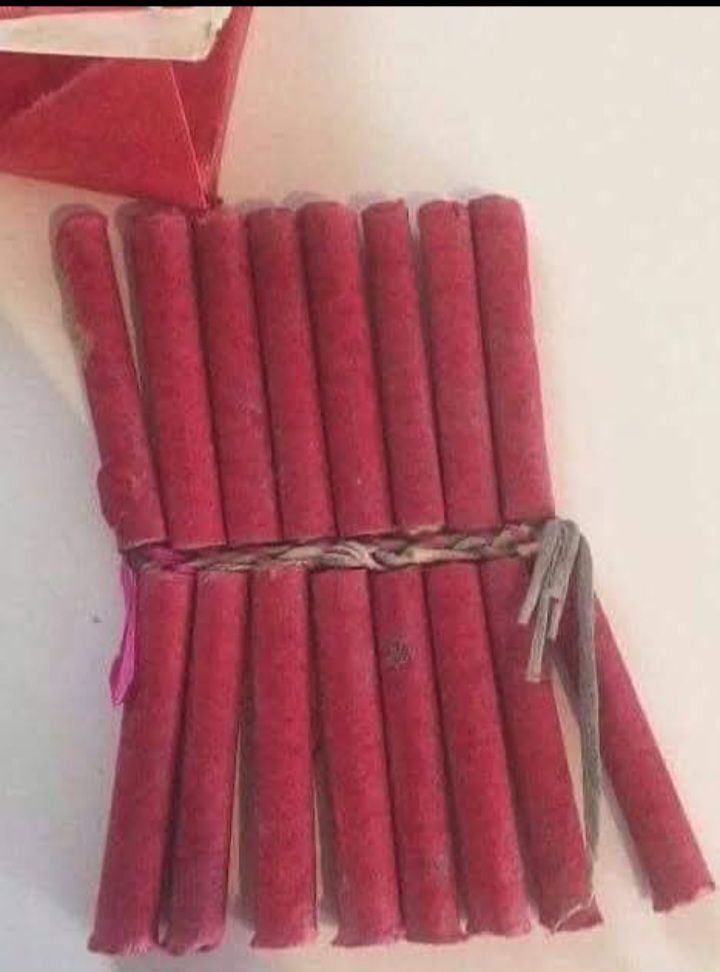
Early Introduction: Firecrackers Arrive in America
Firecrackers first made their way to the United States in the 19th century, primarily through trade with China. Chinese artisans had been perfecting firework production for centuries, and their expertise in creating high-quality firecrackers quickly captured American interest.
By the late 1800s, Liuyang, China—often called the “fireworks capital of the world”—became the primary exporter of firecrackers to the U.S. These early firecrackers were typically sold in “strings,” where dozens or even hundreds of small explosive devices were connected by a fuse, allowing them to ignite in rapid succession.
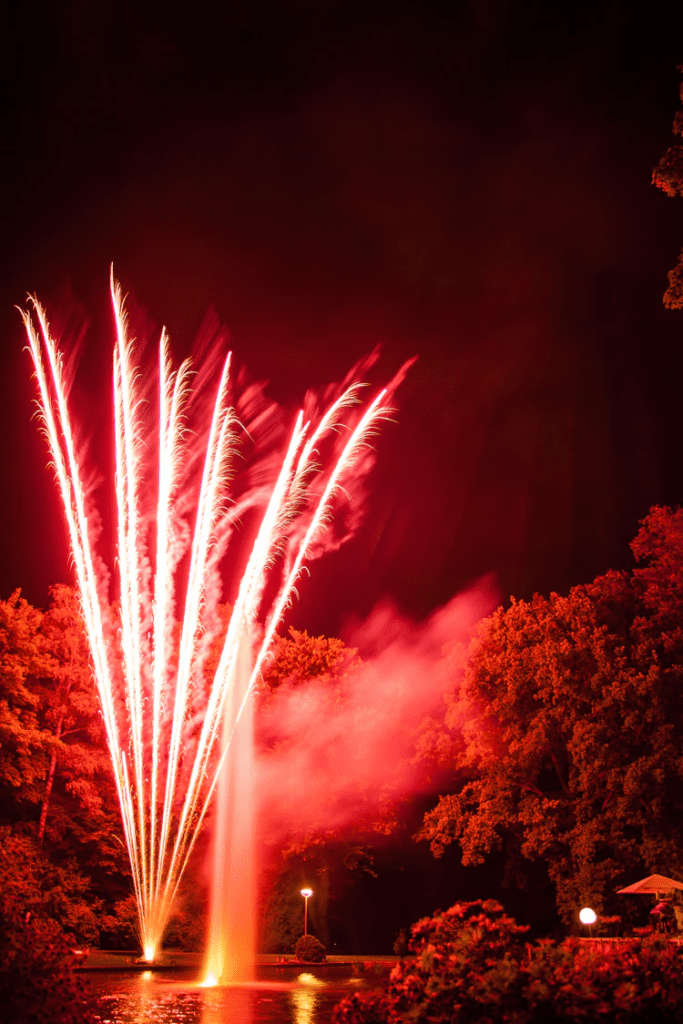
A Symbol of Celebration and Patriotism
Firecrackers quickly became a staple of American holiday traditions, particularly for:
- Independence Day (July 4th) – Firecrackers symbolized the revolutionary spirit and became the highlight of patriotic celebrations in cities and small towns alike. People would set off entire packs in the streets, creating a thunderous display of noise and light.
- New Year’s Eve – Many Americans incorporated firecrackers into their celebrations to mark the beginning of a new year with a literal bang.
- Chinese New Year – In Chinatowns across America, including San Francisco and New York, firecrackers were (and still are) an essential part of the Lunar New Year. The loud explosions were believed to ward off evil spirits and bring good fortune for the coming year.
- Weddings and Local Festivals – In rural America, firecrackers were commonly used at weddings, fairs, and local gatherings to add excitement and festivity to the event.
The Rise and Fall of Classic Firecrackers
For decades, firecrackers were widely available, and their use was largely unregulated. However, as they became more popular, so did safety concerns.
The Golden Age: 1900s–1950s
During the early-to-mid 20th century, firecrackers were everywhere. Entire neighborhoods would light up with bursts of noise on holidays, and fireworks retailers thrived. This was the golden age of classic American firecracker culture.
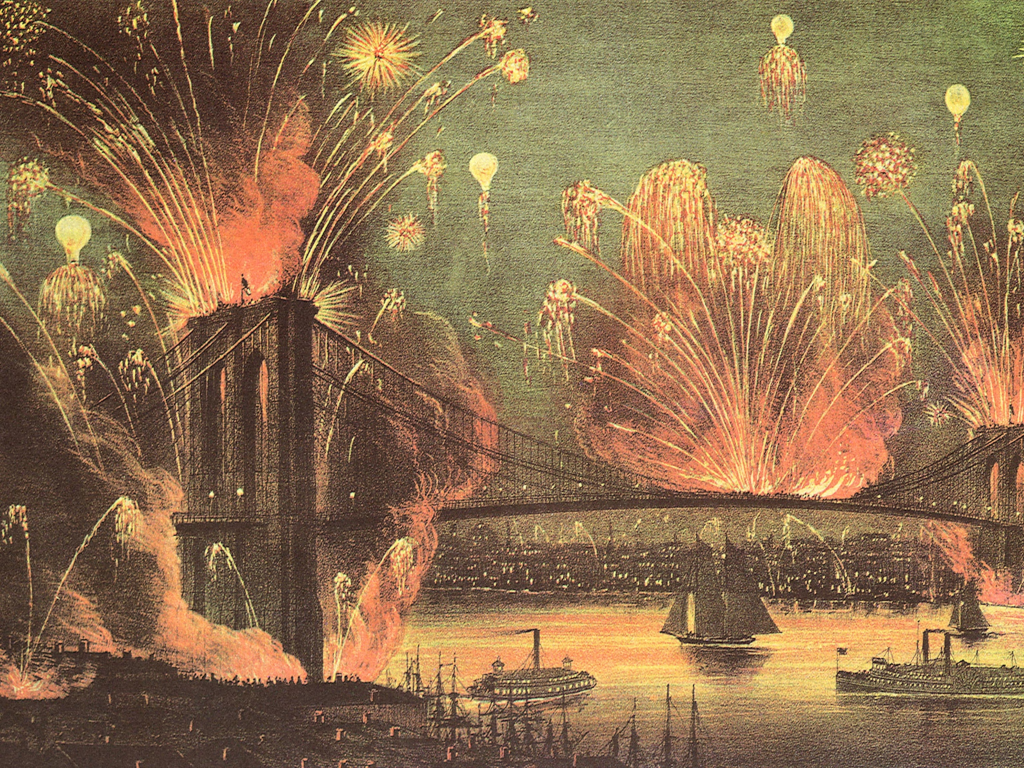
The Beginning of Restrictions: 1930s–1960s
However, as the use of firecrackers grew, so did reports of injuries, house fires, and even fatalities. The lack of regulation meant that some firecrackers contained dangerously high amounts of explosive powder, leading to severe accidents.
By the 1930s, many cities and states started imposing local bans or strict guidelines on their sale and use.
Federal Crackdown: 1966–1970s
The real turning point came in 1966, when the Child Protection Act introduced federal safety restrictions on fireworks, limiting the amount of explosive material allowed in consumer firecrackers.
In the 1970s, the Consumer Product Safety Commission (CPSC) took things further by setting even stricter standards, leading to the decline of traditional firecrackers. Classic large firecracker packs—like those commonly used in the early 20th century—were phased out, and manufacturers had to comply with new safety guidelines.
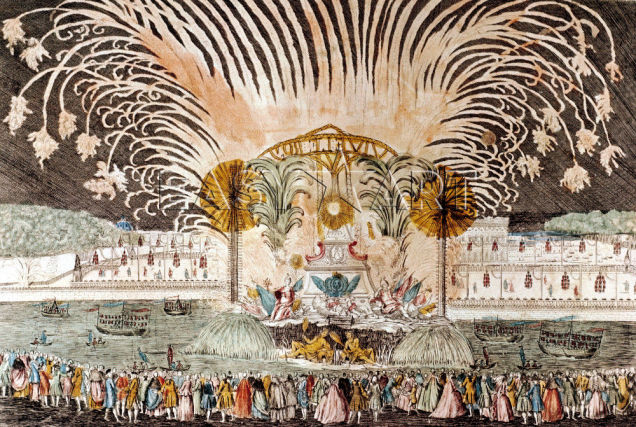
Modern-Day Firecrackers: What’s Left?
Despite the restrictions, firecrackers have not completely disappeared from American celebrations. Instead, they’ve evolved:
- Smaller, safer versions – Most firecrackers available today are less powerful than their historical counterparts due to federal safety regulations.
- Permits and designated zones – Many states now require permits for firework displays, with strict enforcement in residential areas.
- Black market and illegal use – Some enthusiasts still seek out traditional firecrackers from international suppliers or black-market sources, despite legal risks.
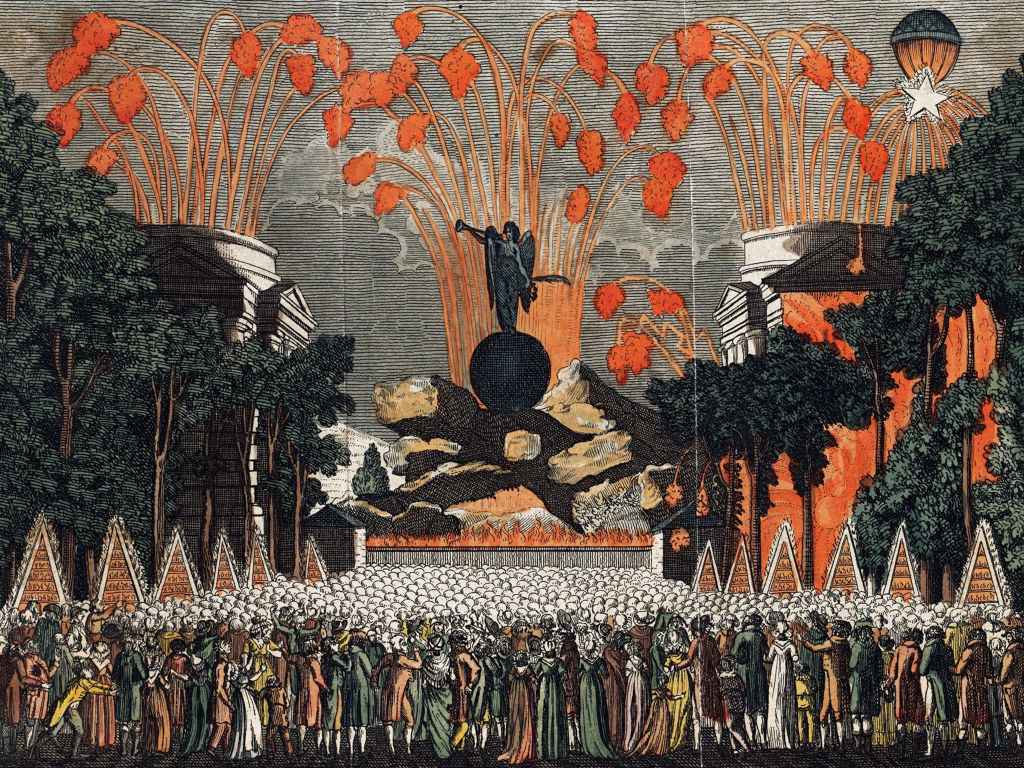
The Lasting Legacy of Firecrackers in American Culture
Although the days of massive, unrestricted firecracker displays are largely in the past, their impact on American culture remains strong. Today, firecrackers continue to be an important part of:
- Independence Day celebrations – While fireworks now take center stage, firecrackers still hold a nostalgic place in the hearts of many.
- Chinese New Year traditions – In Chinese-American communities, firecrackers remain a symbol of luck and prosperity.
- Underground and rural celebrations – Some enthusiasts still find ways to keep the tradition alive, even if it means bending a few rules.
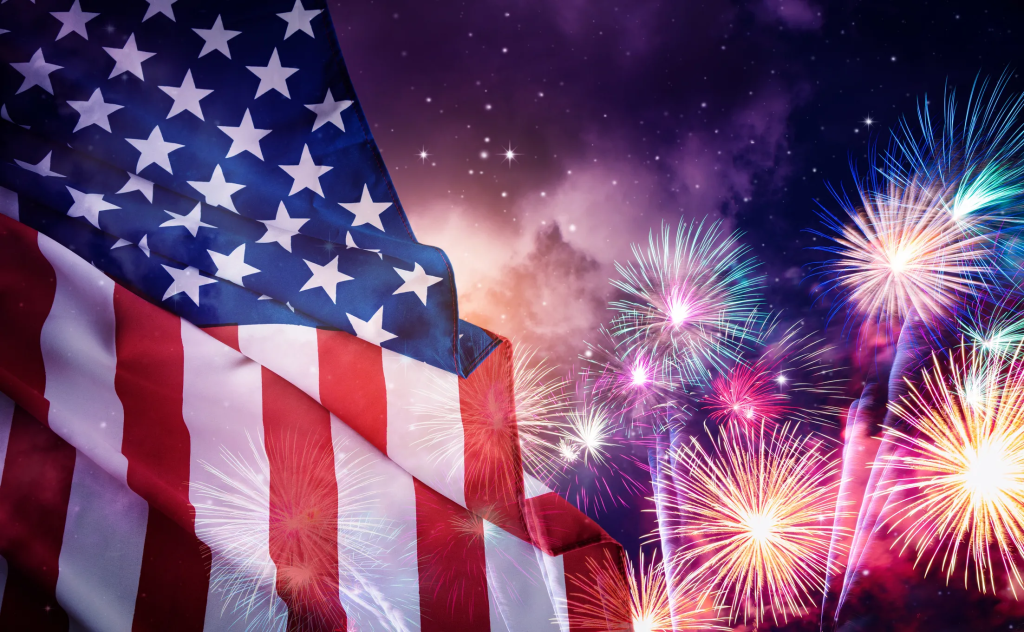
Final Thoughts
The history of firecrackers in the United States is a story of celebration, excitement, and change. From their early introduction in the 19th century to their golden era in the early 1900s, firecrackers were once an unregulated thrill that brought people together in explosive fashion.
However, as safety concerns grew, so did government intervention. While strict regulations have limited their availability, firecrackers remain a symbol of American festivity, especially during major holidays and cultural celebrations.
So, do you have memories of lighting firecrackers on July 4th or New Year’s Eve? Share your thoughts and experiences! 🎆